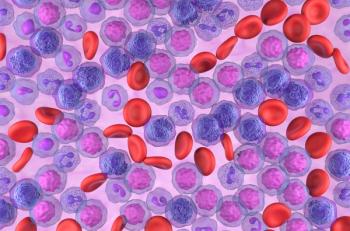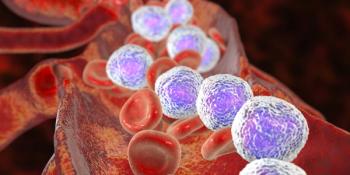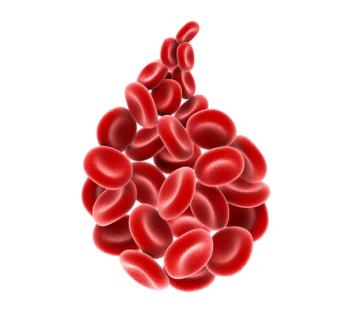
Industry update: New treatments prove mettle in relapsed and refractory patients
CAL-101 and GA101 demonstrate active results in indolent B-cell non-Hodgkin’s lymphoma and chronic lymphocytic leukemia while a secondary analysis of a pralatrexate (Folotyn) trial shows a benefit for peripheral T-cell lymphoma patients who fail second-line therapy.
P13K inhibitor paired with chemo has promise in refractory NHL, CLL
Early results from a phase I study of CAL-101 in combination with rituximab (Rituxan) or bendamustine (Treanda) demonstrated noteworthy clinical activity in patients with relapsed or refractory indolent B cell non-Hodgkin’s lymphoma (iNHL) and chronic lymphocytic leukemia (CLL).
CAL-101, a delta-isoform-selective PI3K inhibitor, was given to patients twice per day (100 mg BID) in 28-day cycles for up to 12 cycles. Patients also received either rituximab (375 mg/m²) administered weekly for eight weeks starting on day 1 of cycle 1, or bendamustine (90 mg/m²) administered on days 1 and 2 of each cycle for six cycles (
Out of a dozen patients, half showed complete or partial response to the treatment regimen. Enrollment in the study is ongoing and dose escalation with CAL-101 is planned, according to manufacturer Calistoga Pharmaceuticals.
Survival advantage seen with high-dose anti-CD20 antibody
A high dose of single-agent GA101 seemed to offer a survival advantage in heavily pretreated relapsed and refractory iNHL patients. GA101 is a type II, glycoengineered and humanized monoclonal anti-CD20 antibody from Genentech.
Forty eligible patients were randomized to receive GA101 in a low-dose (400 mg) or a high-dose (1,600 mg and 800 mg) cohort in nine scheduled infusions. According to the results, six of 22 rituximab-refractory patients in the high-dose cohort had an end-of-treatment response rate of 50%. The median progression-free survival was 11.3 months in the high-dose cohort (
Folotyn makes good as second-line therapy in PTCL
Pralatrexate (Folotyn) was an effective second-line treatment for peripheral T-cell lymphoma (PTCL). In addition, single-agent treatment with pralatrexate compared favorably with ifosfamide/carboplatin/etoposide-based (ICE-based) regimens, indicating that pralatrexate could reverse the characteristic progressive resistance of PTCL patients to second-line chemotherapy.
A multi-institutional group of researchers, led by Andre Goy, MD, from The John Theurer Cancer Center at Hackensack University Medical Center in New Jersey, analyzed data from the PROPEL* study to assess the efficacy of pralatrexate after failure of ICE-based regimens (
Of the 109 patients enrolled in PROPEL and evaluable for efficacy, a subset of 20 patients received an ICE-based regimen as second-line therapy and had disease progression at some point prior to treatment with pralatrexate (30 mg/m² weekly for 6- or 7-week cycles).
The authors reported an overall response rate of 40%, including two cases of complete responses that lead to stem cell transplantation. “Of note is the long duration of pralatrexate responses in marked contrast to the short response duration of the combination chemotherapy regimens,” the authors stated (
*PROPEL = Pralatrexate in Patients with Relapsed Or Refractory Peripheral T-cell Lymphoma
Newsletter
Stay up to date on recent advances in the multidisciplinary approach to cancer.


















































































